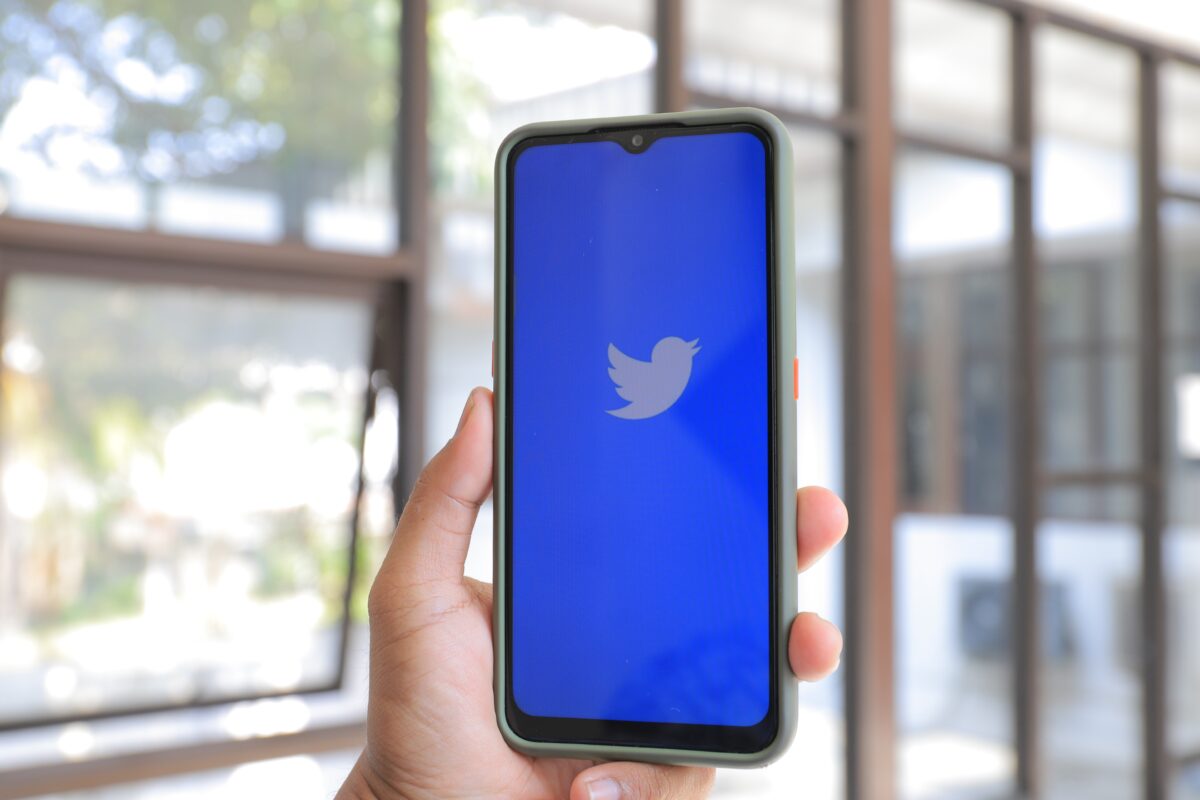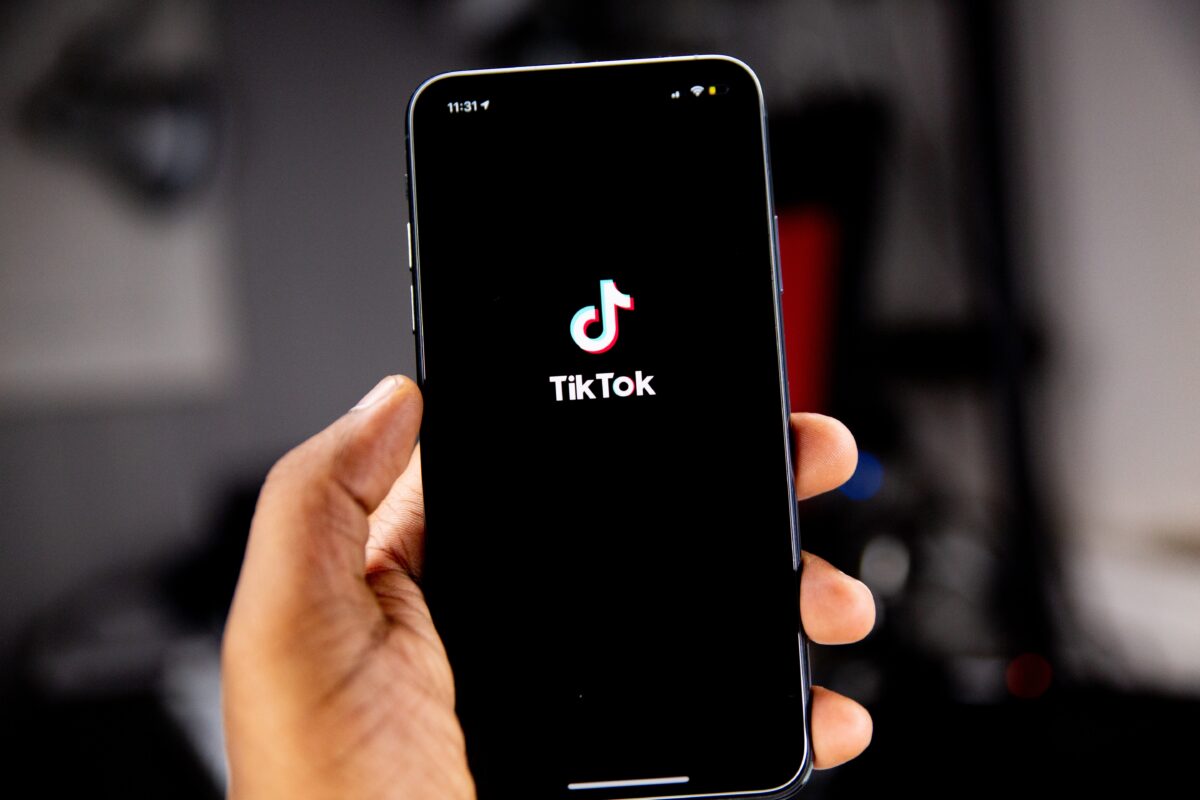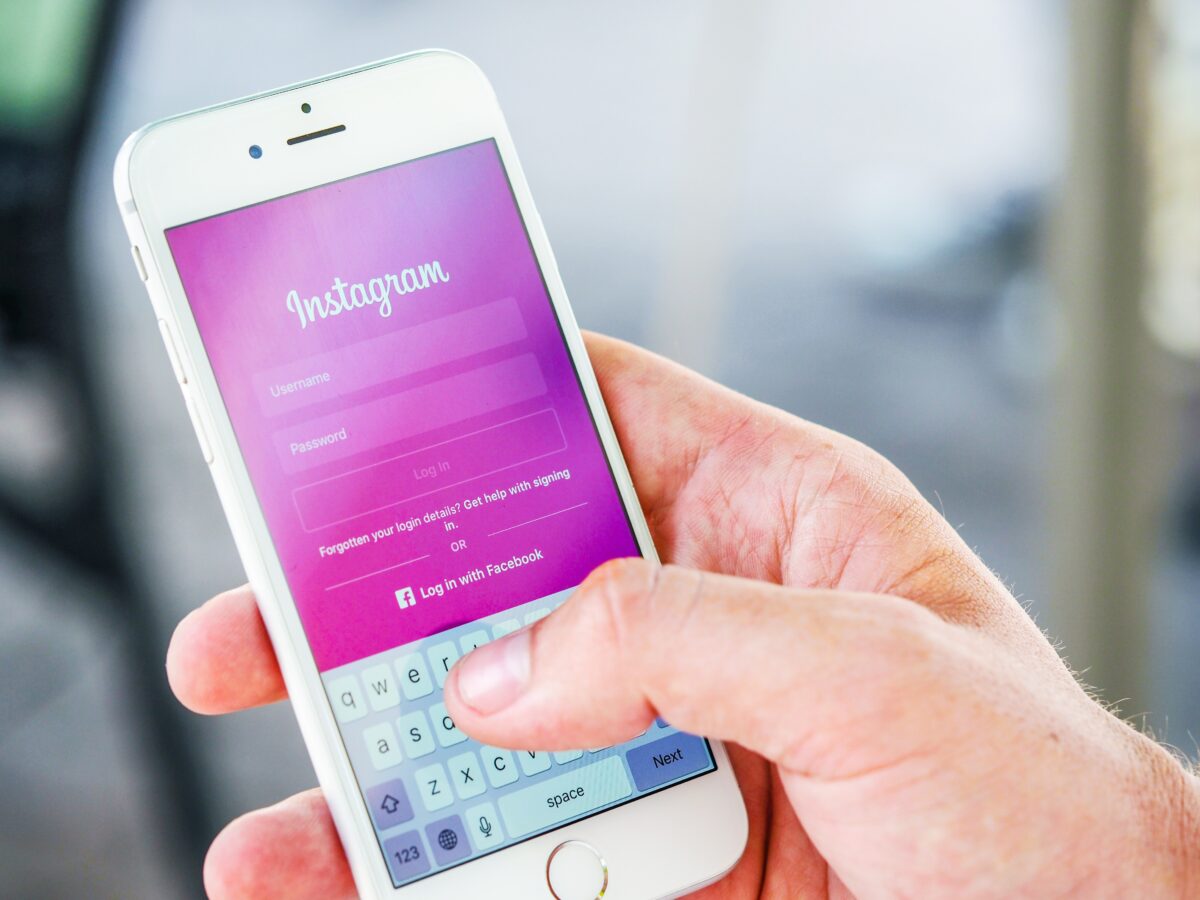Twitter, like most social media platforms, aims to help cut through bots, trolls and misinformation by various means, such as Twitter verification. And if your business is active on Twitter, you might be wondering how to get verified and earn the blue checkmark badge next … Continue reading “5 tips to get verified on Twitter”
TikTok: 6 tips to get verified as a business
If you’re looking to include TikTok, which is only growing in popularity, in your digital marketing strategy, you also should consider how to get your account verified. TikTok is a video-based social media platform that encourages engagement around short, vertical video clips. The app has … Continue reading “TikTok: 6 tips to get verified as a business”
7 tips to get verified on Instagram
For many of Instagram’s nearly 1.5 billion users, Instagram verification is a critical validation. Instagram verification, otherwise known as that blue check on a user’s profile, is a signal to other users that your profile is the only one representing your brand. More officially, Instagram … Continue reading “7 tips to get verified on Instagram”
Want to receive more great content like this for free?
Subscribe to our newsletter to get best practices, recommendations, and tips for digital marketers



